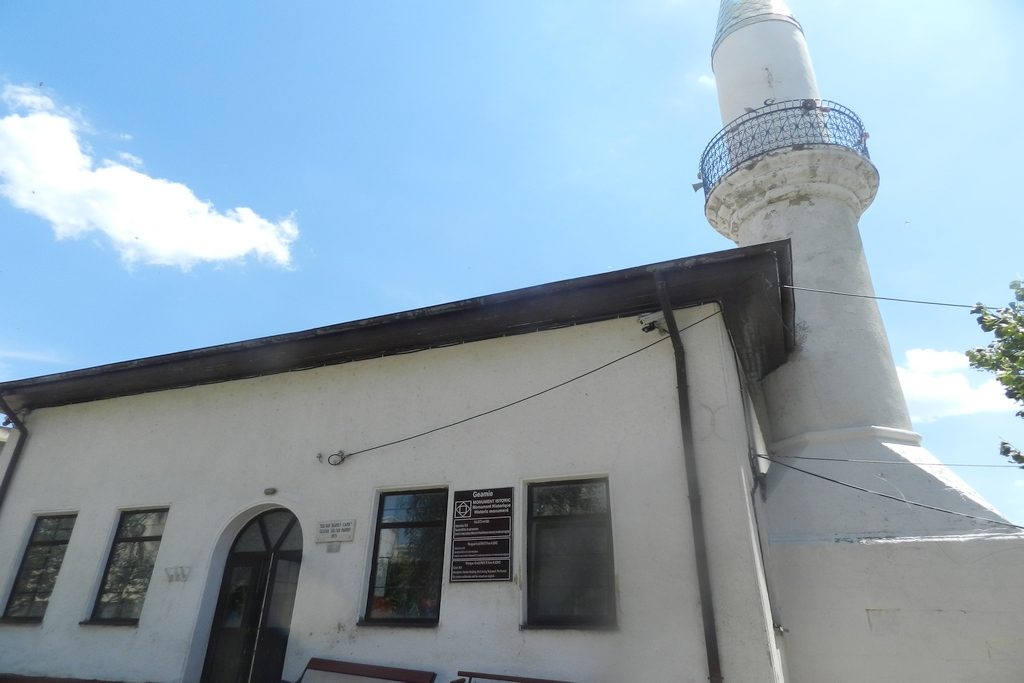

Sultan Mahmud Mosque (Sultan Mahmut cami) is the oldest building from Hârşova and one of the most important historical monuments. It was built in 1812 during the reign of Sultan Mahmud II.
Defining for this structure is the minaret, which marks its belonging to the Muslim religion and also brings an element of diversity in Hârşova city, a good example of harmonious coexistence between people of different religions, who respect each other.
Hârşova is a locality ancient of seven millennia. In the south-east of the locality, on the bank of the Danube, is located a neo-Eneolithic settlement developed as a mounds of approx. 12 m due to the destruction and successive restoring of the clay houses. Researches from here have identified a human community which dealt with hunting, fishing, farming and animal husbandry. There were identified through researches, tradings with communities from farther areas. Next eras are well illustrated. On the hearth of the village there are several settlements from the Bronze Age and Iron Age. In ancient times, communities from here have experienced the highest growth. They have been in close contact with cities on the western shore of the Black Sea (Histria and Tomis, especially). The Roman era has strongly marked the history of the people from here. Most likely, during the second half of the Ist century p. Chr. there was built the fortification known in Roman sources as Carsium. The fortress was destroyed during the era of the great invasions and rebuilt so many times.
Between the XVth century and the first part of the nineteenth century, there existed Ottoman fortification. The city experienced a great flourishing. In 1651, Evliya Çelebi makes a description of it: it had 1600 houses, mosques, baths, bazaar and was defended by a wall of 3,000 steps.
During the nineteenth century, here arrived the Transylvanian shepherds who have built the modern city. Its center lied on the bank of the Danube. Around the harbor are built shops, warehouses, banks, and on the western hill, a monumental school and a church. The school has also housed a museum, the first regional museum from Dobrudja. During the World War I, the town was completely burned. Great damages have been done during the World War II. The era of the communist regime marked the beginning of the fall of the city. From a center of trade with grains, administrative and judicial center, it has been rebuilt with a new identity. There were closed the District Court, the Prosecutor Office, the Museum. The economy has now become crafting. Lacked of resources, the city has fallen. Many residents have migrated to neighboring towns (Tulcea, Constanta, Slobozia). During the last years of the communist regime, all the old, historic buildings, downtown, especially left in ruins were demolished and blocks were built. In the proximity, was also elevated an industrial site where was built a wire and cables company, which still operates, and partly a shipyard, rusty today. 20 years after the fall of the communist regime, the locality does not find its former destiny. Those who administered the locality still dream to make it a powerful industrial center, which is impossible, in the absence of some natural resources and of an adequate infrastructure. That is why, from the city emblem enforced during 1933, the cross and the crescent were replaced by the toothed halfwheel, the symbol of an industry almost non-existent, and the anchor, port symbol, but also of hope, in this case, just by chance.
